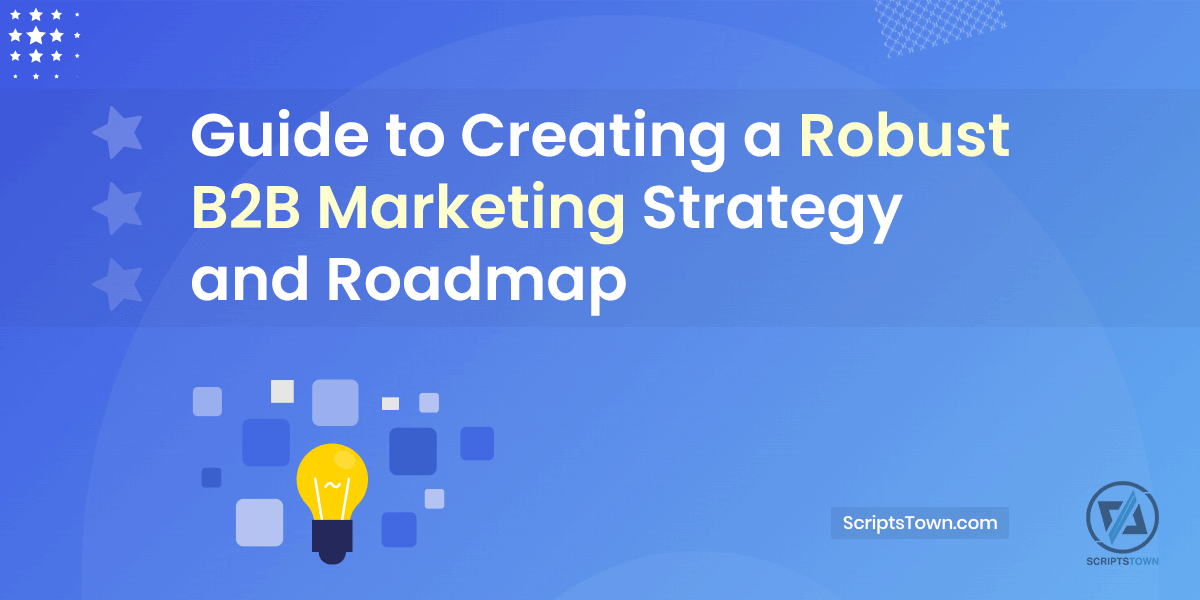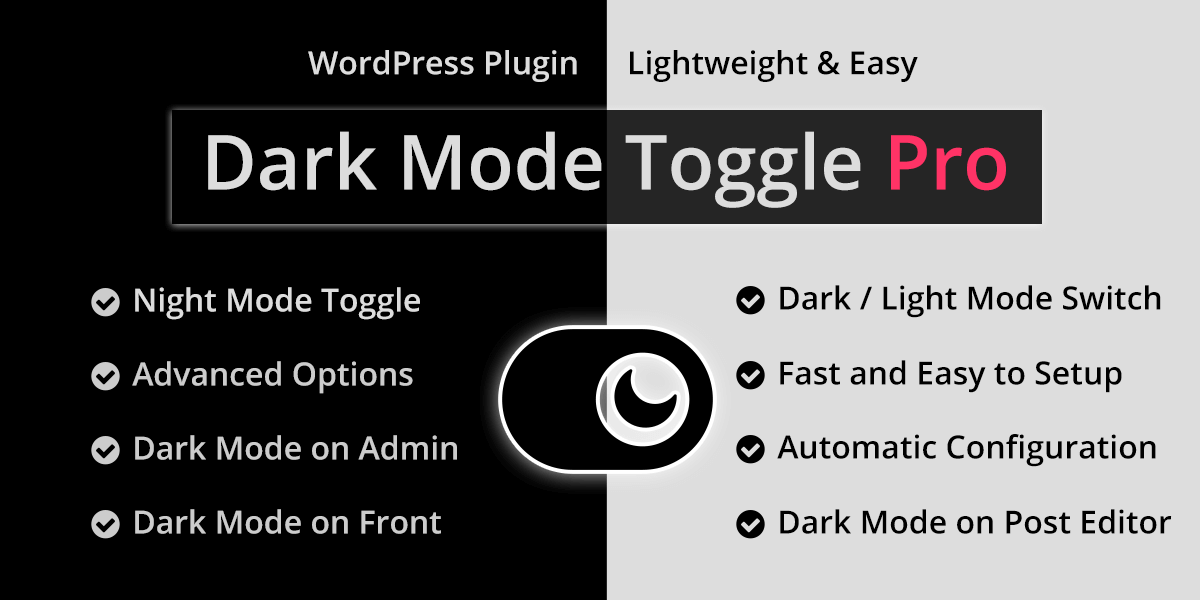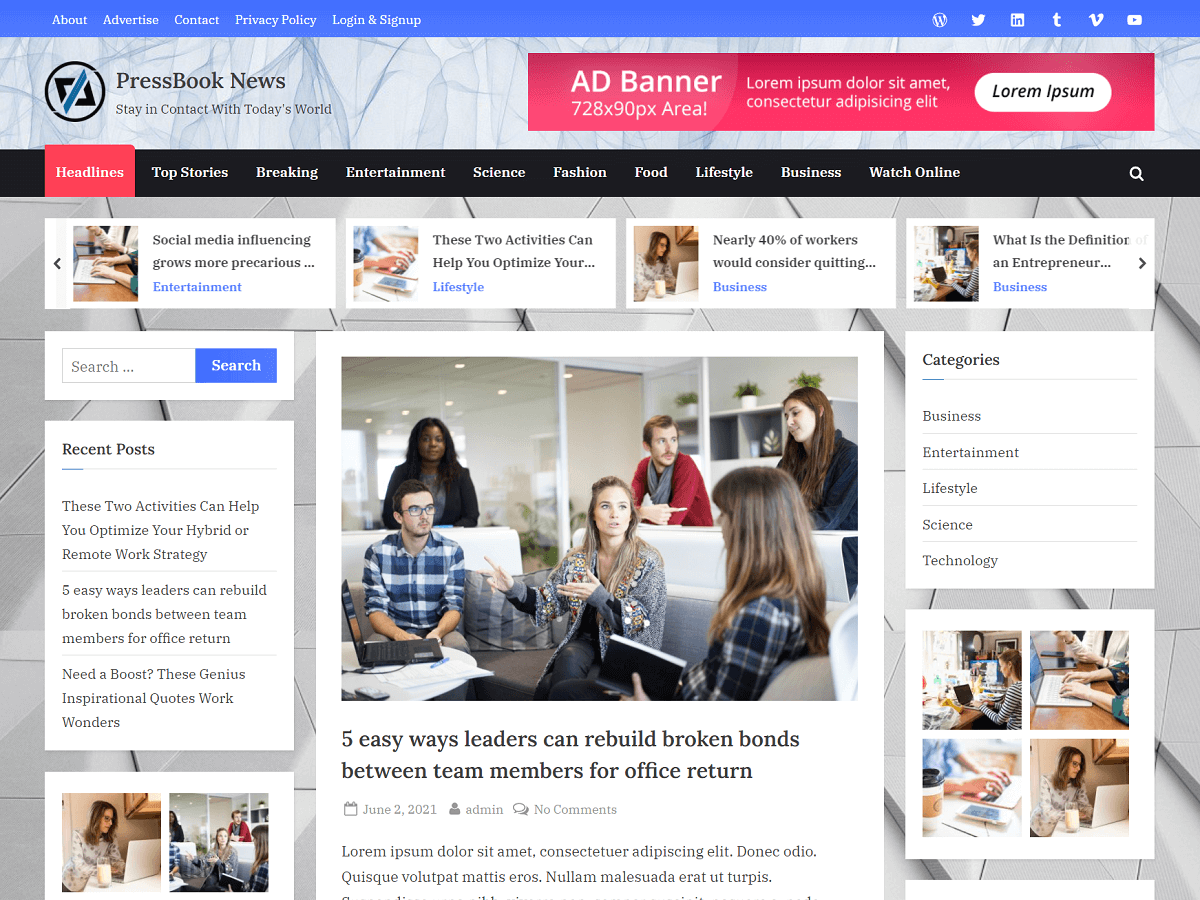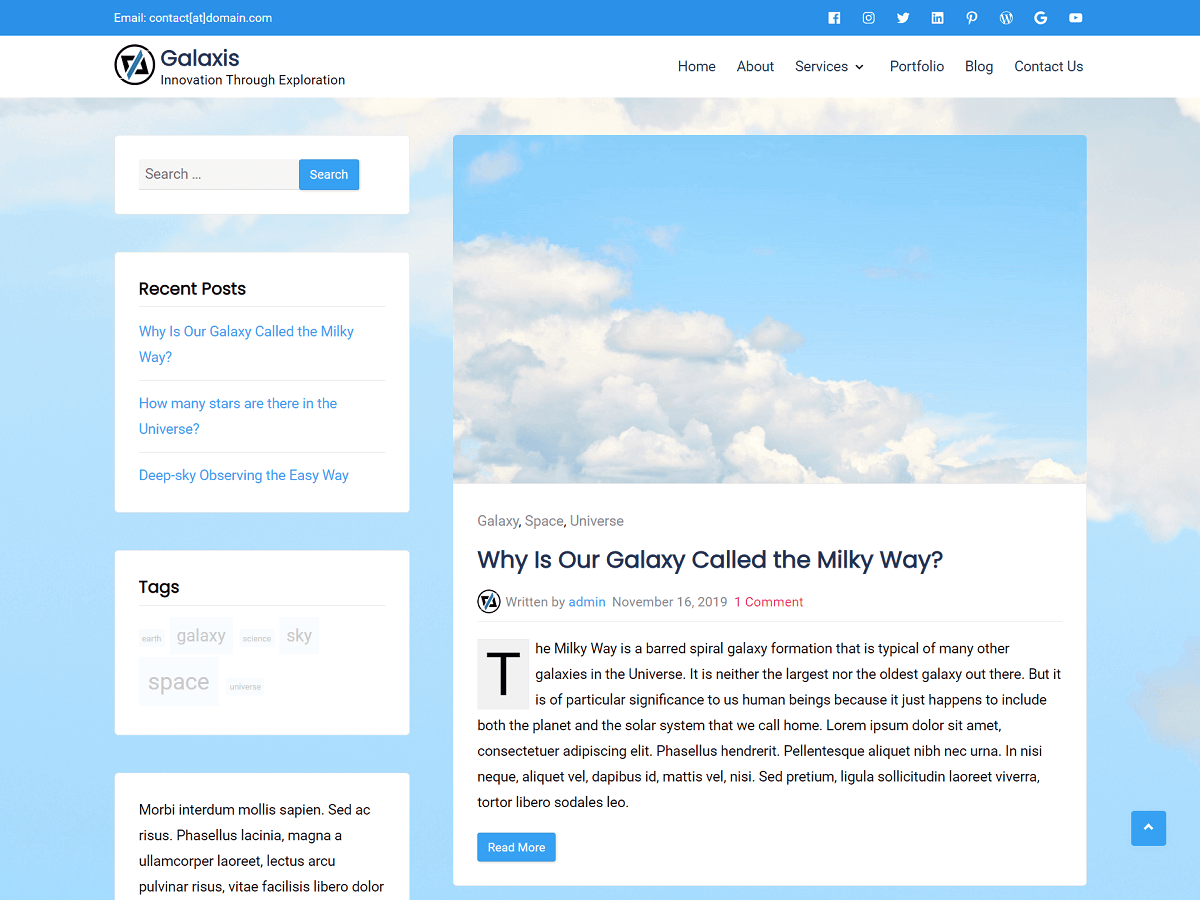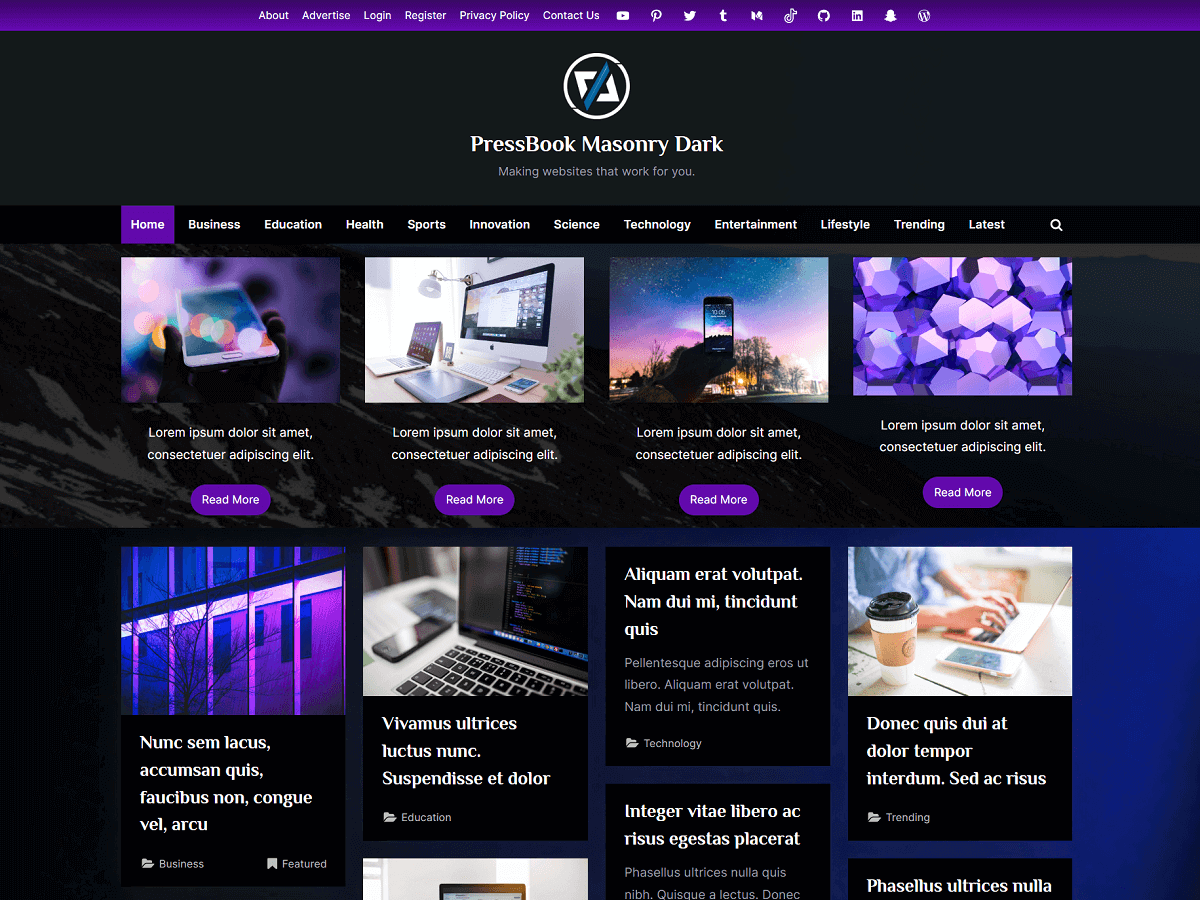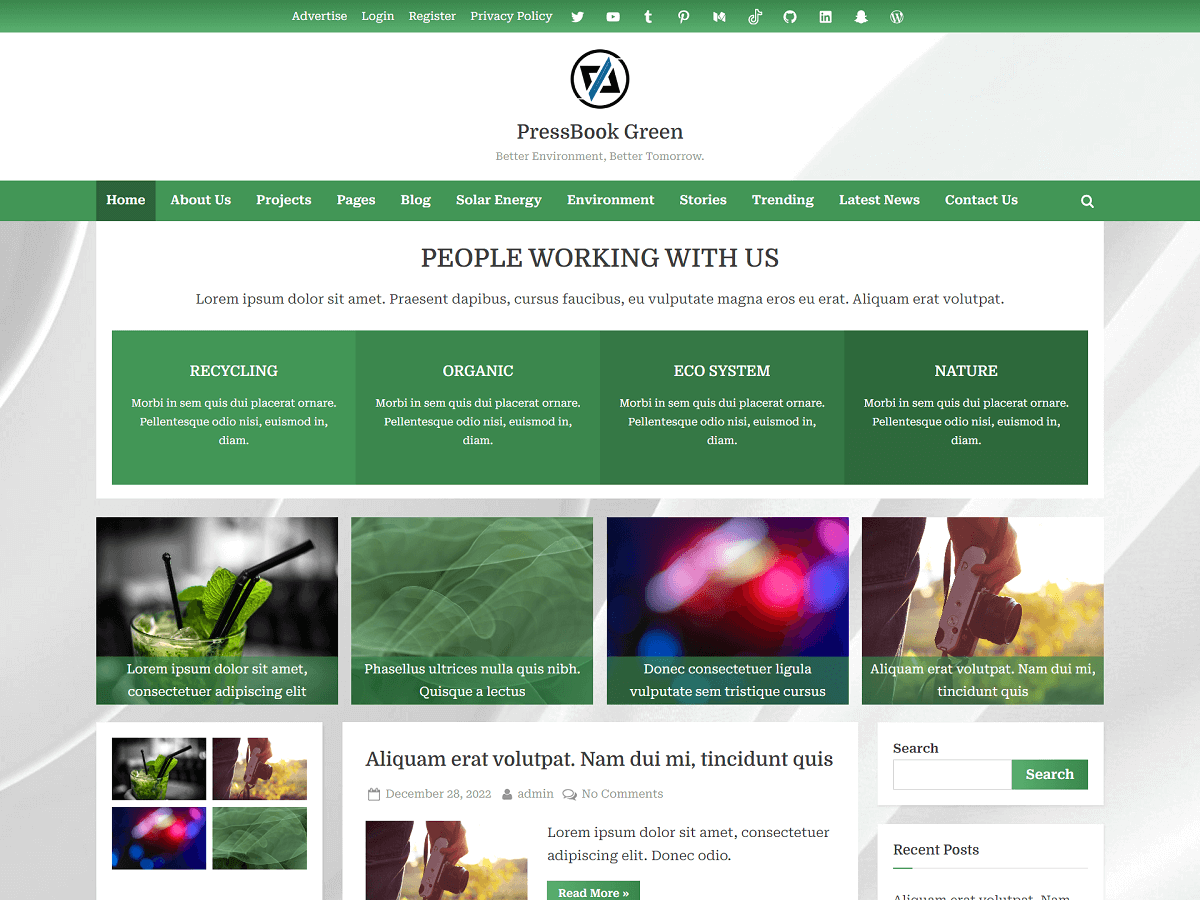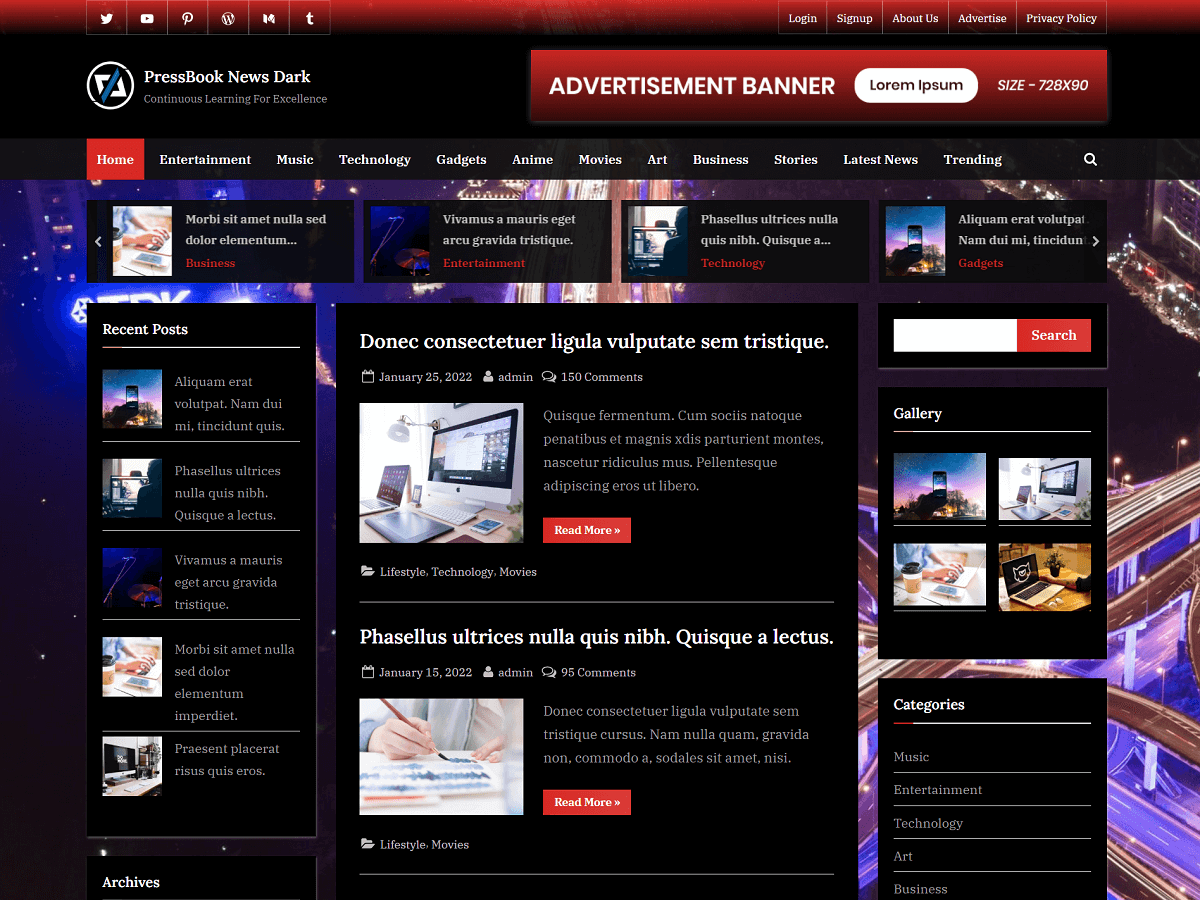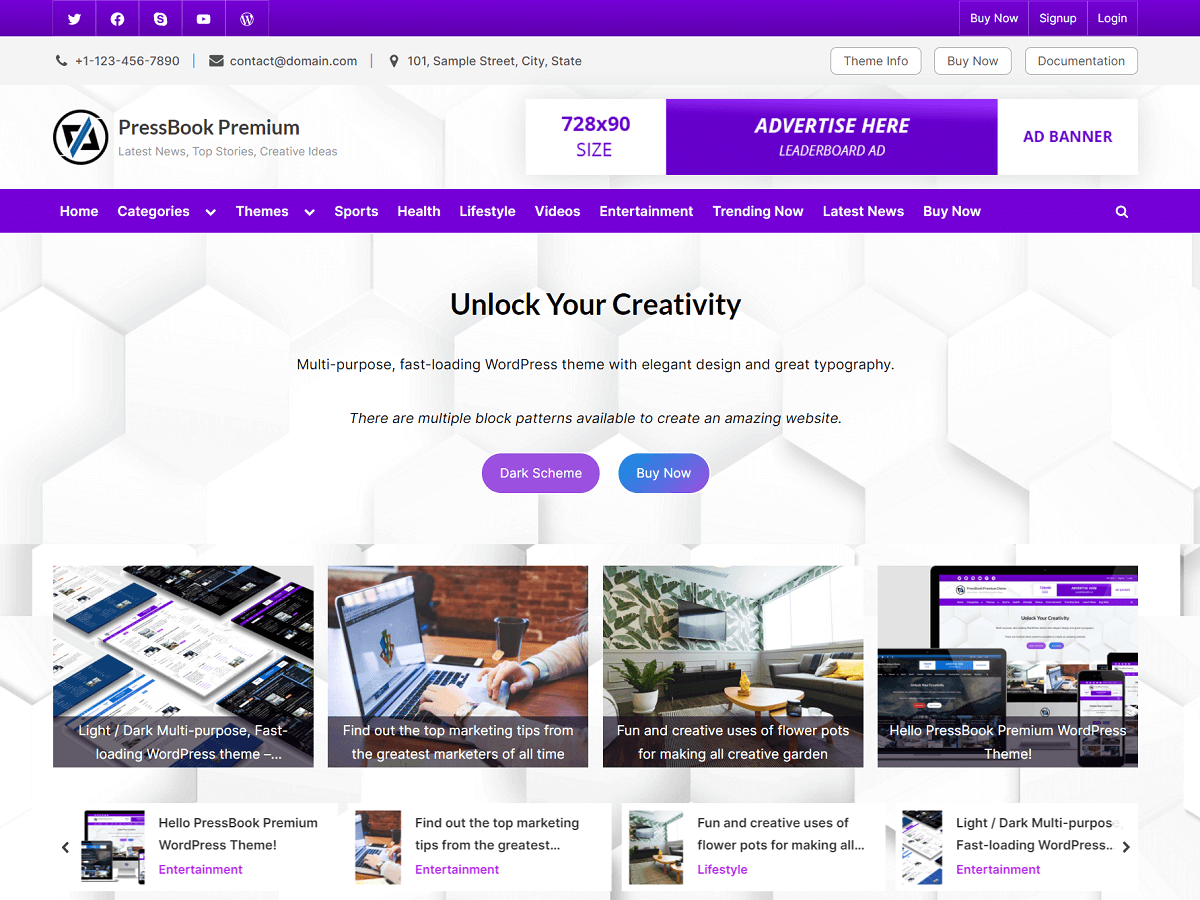A successful B2B marketing strategy is the key driving force behind any growing business. Without a well-thought-out roadmap, businesses can end up wasting time and resources, losing direction, and achieving inconsistent results.
In this guide, we will explore how to create a robust B2B marketing strategy and actionable roadmap that brings in new clients, generates brand awareness, and builds authority. We will also explain how a roadmap serves as a guide with different examples.
Importance of a Clear Marketing Roadmap
A marketing roadmap is a strategic document that outlines your marketing goals, strategies, and tactics over a specific timeframe. It acts as a blueprint for your marketing strategy, providing clarity and direction, which are critical for reaching your business goals.
Below are some reasons why having a roadmap is important:
- Clear Direction: A roadmap ensures that all stakeholders – whether it’s the marketing team, leadership, or external partners understand the overall strategy and their role in executing it. This clarity reduces confusion and improves efficiency.
- Alignment with Business Goals: Your marketing roadmap should directly support your broader business objectives. This alignment ensures that marketing efforts contribute meaningfully to company growth, revenue targets, and market positioning.
- Efficient Resource Allocation: With a clear roadmap, you can better allocate your time, budget, and human resources. You’ll know which initiatives to prioritize and where to invest for the best return.
- Improved Communication Across Teams: A clear marketing roadmap acts as a single source of truth for cross-functional teams, such as sales, product, and customer support. It ensures everyone understands marketing priorities, timelines, and deliverables, resulting in better collaboration.
- Avoid Misplaced Blame: When marketing efforts fail, companies may blame surface-level factors rather than addressing fundamental strategic issues. This can lead to a cycle of hiring and firing agencies or team members without addressing the root cause of poor performance. A clear roadmap allows you to go deeper into the underlying strategic problems with valuable insights and learning opportunities.
Useful Tips for Building a Clear Marketing Roadmap
Here are some useful tips with examples and guidelines when creating a focused and actionable marketing roadmap:
- Measurable Milestones: Break down your marketing plan into specific quarterly targets, such as “generate 200 qualified leads from manufacturing companies” or “increase email response rates by 15%.” These concrete milestones help teams track progress and make adjustments when needed, rather than waiting until year-end.
- Content Planning Timeline: Map out when you’ll create and publish different types of content throughout the year. For example, schedule technical whitepapers for Q1, case studies for Q2, and product comparison guides for Q3. This structured approach ensures you maintain a steady flow of relevant materials for your B2B buyers.
- Sales Team Integration: Include specific touchpoints where marketing activities directly support sales efforts. For instance, you can plan to deliver sales enablement materials two weeks before major product launches, or schedule monthly meetings between marketing and sales to align on lead quality definitions and handoff processes. This coordination improves lead conversion rates and reduces friction between departments.
Four-Layer Framework for B2B Marketing
A successful B2B marketing roadmap is built on four distinct layers, each contributing to the overall strategy. It starts from the core of your business and extends to marketing actions.
1. Core Elements
At the foundation of your marketing roadmap is the core of your business – your brand and product. The core elements define the identity and guide the marketing strategy that follows next. This is where you make critical decisions about the problems your product solves and the market you aim to serve. B2B marketing must focus on building long-term relationships and demonstrating clear business value. Your core elements form the backbone of how you’ll communicate this value to other businesses.
Value Proposition
The value proposition is central to your core elements. It defines the unique benefits you offer to your target audience. In the B2B space, businesses are looking for solutions that solve specific problems, increase efficiency, or generate measurable results.
Your value proposition must clearly state how your product or service provides a solution that makes your customers’ businesses better. For example, if your business offers cloud solutions, your value proposition could focus on how you streamline data management, improve security, or reduce operational costs for companies.
- Clearly state how your product or service provides value to other businesses.
- Focus on tangible benefits like reducing costs, improving efficiency, or driving growth.
- Make sure that your value proposition addresses the pain points of decision-makers.
Target Audience
Another important aspect of your core elements is defining your target audience. Your target market definition in B2B requires much more precision than in B2C marketing.
In B2B marketing, this means having a deep understanding of the companies or businesses that would benefit most from your products or services. You need to understand not just the types of companies you’re targeting, but also the complex dynamics of their decision-making processes. Who are the decision-makers in these companies? What challenges are they facing? For example, if your business sells enterprise software, you need to know the key people involved in the purchasing process, such as IT directors or operations managers.
- Define your Ideal Customer Profiles (ICPs) based on firmographics (e.g., industry, company size, company reach, etc.).
- Know the challenges and needs of each decision-maker within the target companies. Example: mid-market manufacturing companies ($50M-$100M revenue) with 200+ employees struggling with legacy ERP systems.
- Create buyer personas for key roles such as CEOs, CTOs, or Procurement Officers.
Brand Positioning
Brand positioning is about how you want your business to be perceived in the marketplace. What differentiates you from competitors? Are you known for innovation, reliability, cost-effectiveness, or outstanding customer support? In B2B, your brand positioning should communicate trust, credibility, and expertise.
Companies look for partners they can rely on. This means building a trustworthy reputation. Your brand voice should highlight your competitive strengths, reflect the seriousness of B2B decision-making, and still maintain a human connection. It’s about striking a careful balance between demonstrating authority and being relatable.
- Have clear brand guidelines, including specific language patterns like using technical terms and data-driven statements that resonate with B2B decision-makers.
- Develop a professional tone, trust markers, and visual identity guidelines that reflect industry expertise and encourage long-term credibility.
- B2B buyers look for proof of effectiveness and ROI. Focus on measurable outcomes like cost savings, efficiency gains, or revenue growth to reinforce the value of your offering. Demonstrate how your product or service has solved real-world business challenges.
Competitive Analysis
Competitive analysis helps you understand your place in the market.
Who are your competitors? What are their strengths and weaknesses? By answering those questions, you can find opportunities to differentiate your business. For example, if your competitors are slow to adopt new technologies, you can position your company as a forward-thinking and innovative solution provider.
The core elements provide the foundation of your B2B marketing strategy. Once these are clearly defined, you can move to the next layer – your marketing strategy.
2. Marketing Strategy
Your B2B marketing strategy builds upon your core elements to create a comprehensive plan for reaching and engaging your target audience. This layer requires particular attention to the lengthy and complex B2B sales cycle, which generally involves multiple touchpoints and stakeholders. Business purchases have higher stakes, larger investments, and longer commitment periods. Your B2B strategy must account for this by focusing on building trust and credibility over time.
Channel Marketing
In developing your channel strategy, select the channels where your B2B audience spends their professional time. Focus on high-impact B2B channels where decision-makers actively seek solutions, such as industry-specific publications, LinkedIn’s professional networks, industry forums, events, and targeted trade shows.
- Use LinkedIn for executive engagement, publications for niche authority, forums for community trust, and events for hands-on demos.
- Integration: The channels should work together as part of an integrated strategy. For example, content created for industry publications can be shared on LinkedIn and referenced during event presentations.
- Measurement: Each channel should have specific performance indicators aligned with business objectives:
- Publication engagement metrics (downloads, time spent reading).
- LinkedIn conversion rates and lead quality.
- Community participation impact on brand awareness and lead generation.
Content Strategy
Decision-makers often spend a lot of time researching and evaluating their options before making a purchase. They need to deeply understand your offering and its business impact. The content, such as whitepapers, case studies, research-backed reports, and thought leadership articles, helps guide them through this process.
Your content needs to demonstrate deep industry knowledge and practical value.
- For example, instead of creating general marketing content, develop detailed white papers about industry-specific challenges and solutions, backed by research and data. You could showcase business impact and address the technical needs and concerns of decision-makers by including integration guides and industry benchmark reports.
- If you’re selling HR software, you might create a whitepaper on “Reducing Hiring Costs through Automation”, which speaks directly to the challenges faced by HR departments.
Lead Generation and Nurturing
Lead generation and nurturing are critical aspects of any B2B marketing strategy. In B2B, it’s not enough to simply generate leads – you must also nurture them through the sales funnel. This often involves multiple touchpoints, including email campaigns, personalized content, account-based marketing, educational webinars, and in-depth demos.
Your lead nurturing strategies should be designed to address the needs of each decision-maker. For example, the CFO may be concerned with cost, and the IT department will focus on technical compatibility, requiring different types of content strategies for each.
3. Marketing Systems
With your core elements and strategy in place, the next layer of a successful B2B marketing roadmap involves the marketing systems – the tools, technologies, and processes that support the execution of your strategy.
You need effective marketing systems to turn your marketing strategy into actionable steps. These systems ensure your marketing efforts are well-organized, trackable, and scalable.
Key Components of a Marketing System
- Planning marketing actions:
- Outline all upcoming marketing actions and initiatives.
- Regular planning sessions to review and update your marketing strategies. This may include annual strategy reviews, quarterly planning sessions, and monthly check-ins.
- Use project management tools like Asana or Trello.
- Align marketing activities with sales and product development timelines.
- Setting clear objectives:
- Define clear, measurable goals for each marketing campaign initiative.
- Create both short-term and long-term marketing objectives. For example, increase qualified leads by 25% in Q3 through content marketing and LinkedIn advertising.
- Prioritizing initiatives:
- Not all marketing activities are equal. Some will have a higher impact or level of urgency and should be prioritized accordingly.
- Rank tasks and initiatives based on their potential impact and resources available.
- Allocating resources:
- Determine your overall marketing budget as a percentage of revenue or based on industry benchmarks.
- Make sure that your time, budget, and human resources are distributed wisely.
- Build systems for allocating marketing budget and team resources across different initiatives. This might include zero-based budgeting or activity-based costing.
- Have flexibility in your budget to allow for experimentation and optimization.
- Tracking and analyzing results:
- Implement tools to track key metrics across your marketing channels. This could include web analytics, social media monitoring tools, CRM systems, and marketing automation platforms.
- Develop dashboards for real-time monitoring of marketing metrics.
- One effective tool for managing your marketing efforts is a marketing backlog. This is a prioritized list of marketing actions and their results, helping you stay organized.
A robust system for B2B marketing includes customer relationship management (CRM) for managing relationships, marketing automation for campaign execution, a CMS for content distribution, analytics for insights, lead scoring for prioritizing prospects, and account-based marketing tools for targeted engagement.
Marketing Automation
One key system in B2B marketing is marketing automation. Marketing automation platforms like HubSpot, Marketo, or Pardot are useful for B2B marketers to help manage and automate repetitive tasks, such as email campaigns, lead scoring, and social media posting.
Example: Instead of manually sending follow-up emails to leads, you can create workflows that automatically send tailored messages based on the lead’s behavior.
Automation also enables you to segment your audience and personalize communications at scale. This ensures each lead receives content that resonates with their unique needs.
Customer Relationship Management (CRM)
Another useful system is your Customer Relationship Management (CRM) platform. In B2B marketing, CRM is useful for tracking interactions with leads and customers, managing sales pipelines, and aligning marketing with sales efforts.
Example: If a lead downloads a whitepaper from your website, this action is recorded in the CRM, and the sales team is alerted to follow up with relevant information. This ensures marketing and sales teams are aligned, improving collaboration and overall effectiveness.
Analytics and Reporting Tools
To make data-driven decisions, you need to implement analytics tools that provide insights into your marketing performance.
Tools like Google Analytics, SEMrush, and CRM dashboards are useful to monitor metrics such as website traffic, lead generation, and customer acquisition costs.
With real-time data, you can quickly identify which tactics are working and which need adjustment. For example, if a particular landing page has a high bounce rate, you can analyze the data and make changes to improve engagement.
Communication and Collaboration Tools
Clear communication between marketing, sales, and other departments is critical in B2B marketing efforts where long sales cycles and multiple stakeholders require coordination across various touchpoints. Platforms like Slack help teams share ideas, stay organized, track progress, and collaborate efficiently.
4. Marketing Actions
The final layer of a B2B marketing roadmap is the marketing actions – the specific activities and campaigns that bring your strategy to life. These actions are the tangible, day-to-day tasks that drive your marketing strategy forward and achieve the objectives you’ve set.
Examples of marketing actions include advertisements, content marketing, website updates, email campaigns, and public relations (PR) efforts. The success of these actions depends on how well they align with the broader strategy, audience needs, and business goals.
Some other examples include:
- Organizing executive roundtables and industry-specific workshops where your company leaders can showcase expertise and connect with decision-makers face-to-face.
- Hosting hands-on product workshops and certification programs.
- Participating in major industry trade shows with interactive booth experiences.
- Hosting quarterly industry briefings where you present market insights to decision-makers, and turning these sessions into video content for wider distribution.
- Developing strategic partnerships with complementary solution providers.
- Creating customer advocacy programs with tiered rewards and recognition.
High-Impact Content Marketing Initiatives
For B2B audiences, content should offer value beyond surface-level marketing. Focus on producing in-depth technical content like implementation guides or detailed case studies showcasing quantifiable client success metrics. These types of content materials position your business as an expert and provide useful insights to decision-makers.
You could distribute this content across multiple channels, including your website, LinkedIn, and email newsletters. The content should not only inform but also establish trust, which is essential in B2B relationships.
Lead Generation Activities
Lead generation activities should focus on quality over quantity. In B2B, a single qualified lead can be worth hundreds of thousands or even millions in potential revenue.
Your lead generation efforts should therefore focus on reaching the right decision-makers with highly relevant content and personalized outreach.
Relationship building is necessary for B2B marketing actions. Your actions should aim to position your company as a trusted advisor, not just a vendor or a service provider. Those actions include publishing authoritative content, developing a strong thought leadership presence through speaking engagements, and participating in industry discussions.
Paid Advertising Strategies
Paid advertising can help drive immediate traffic and leads, but it also needs to be highly targeted. Focus on channels relevant to your industry, such as search engines, industry publications, or account-based advertising platforms.
Public Relations Activities
Public relations (PR) is necessary for boosting brand visibility and positioning your company as a leader in your field.
PR efforts should focus on credibility and authority, reinforcing your company’s role as an industry expert. Plan PR initiatives such as media coverage, partnerships, speaking engagements, and expert discussions.
Press releases and media outreach are a way to improve reputation, but equally important is publishing thought leadership articles and earning placements in industry journals.

